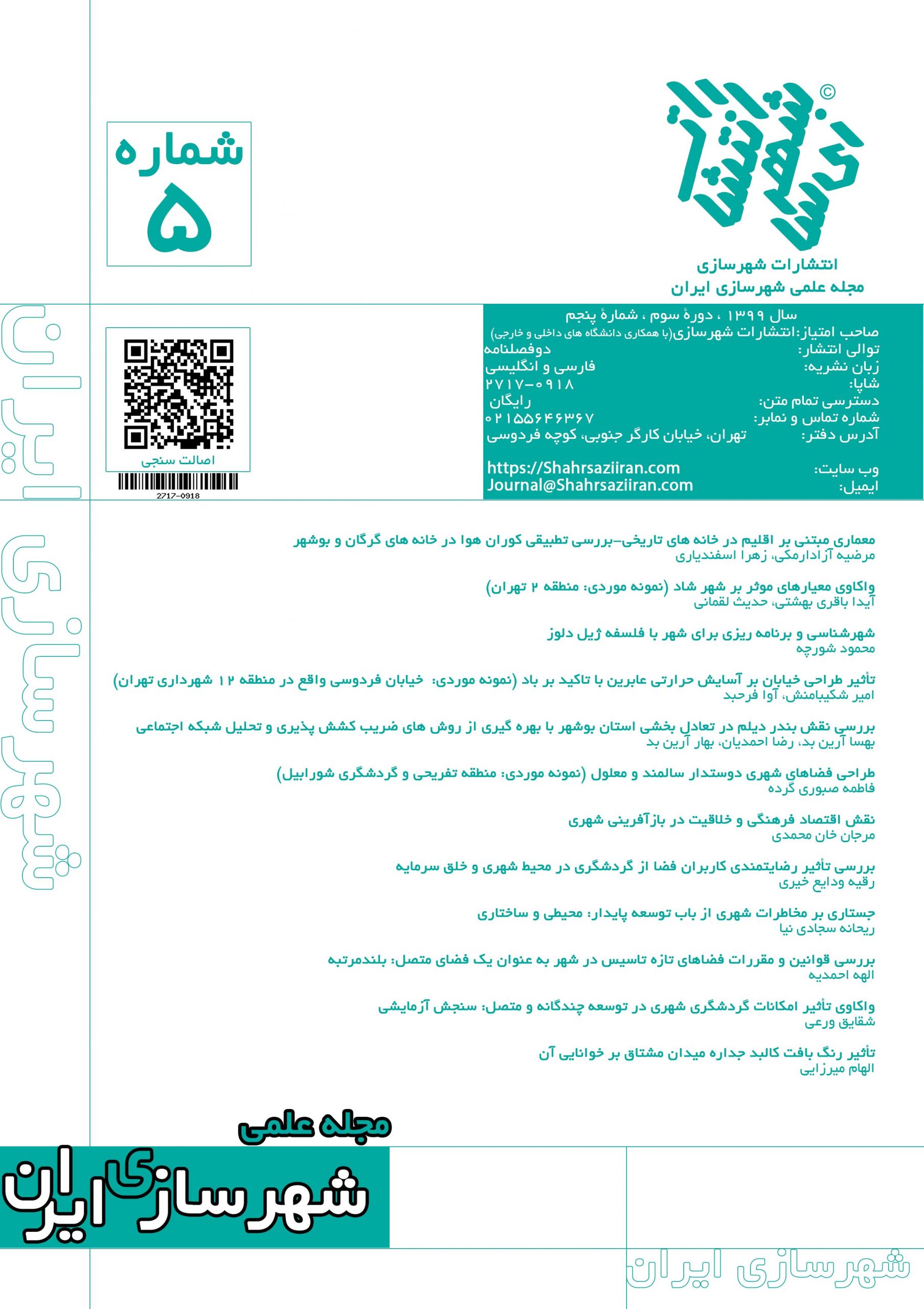Heart Function Analysis
작성자 정보
- Romaine 작성
- 작성일
본문
A PET scan, also known as a diagnostic imaging scan, is a moderate medical procedure that uses a small amount of illuminating tracer to create detailed images of the heart.
This test is often used to investigate heart function. This can be caused by a variety of conditions, including heart disease, high blood pressure, or previous heart attack.
During the test, a small amount of radioactive tracer is injected into a vein in the arm. The tracer is a special kind of molecule that highlights inflammation.
Once the tracer has been injected, the patient is then positioned in a large machine that can surround their entire body, called a PET scanner. The scanner uses highly sensitive detectors to x-ray images.
The PET scan images are then compared to a computed tomography scan of the heart. This allows doctors to get a detailed understanding of the heart's condition.
Cardiac PET scans have several advantages over traditional cardiac imaging tests, such as echocardiogram and stress test, including the fact that modern diagnostic imaging technology.
For in some cases, PET scans can detect hidden risks, including those with heart disease.
Additionally, cardiac PET scans can also be used to assess heart function and detect coronary artery disease. This test is particularly valuable for individuals with pre-existing conditions.
It can also provide valuable information about the effectiveness of treatments such as angioplasty and coronary artery bypass grafting.
However, nuclear heart scans also carry some risks, اسکن هسته ای including exposure to radiation. While the risks of these scans are moderate, doctors will typically reserve PET scans for specific conditions.
Patients may also experience inconvenience during the diagnostic process.
In conclusion, nuclear heart scans are a valuable diagnostic tool for diagnosing cardiac inflammation. This test is effective, with low risk, and comprehensive.
While there are some complications with PET scans, doctors must act accordingly.
This test is often used to investigate heart function. This can be caused by a variety of conditions, including heart disease, high blood pressure, or previous heart attack.
During the test, a small amount of radioactive tracer is injected into a vein in the arm. The tracer is a special kind of molecule that highlights inflammation.
Once the tracer has been injected, the patient is then positioned in a large machine that can surround their entire body, called a PET scanner. The scanner uses highly sensitive detectors to x-ray images.
The PET scan images are then compared to a computed tomography scan of the heart. This allows doctors to get a detailed understanding of the heart's condition.
Cardiac PET scans have several advantages over traditional cardiac imaging tests, such as echocardiogram and stress test, including the fact that modern diagnostic imaging technology.
For in some cases, PET scans can detect hidden risks, including those with heart disease.
Additionally, cardiac PET scans can also be used to assess heart function and detect coronary artery disease. This test is particularly valuable for individuals with pre-existing conditions.
It can also provide valuable information about the effectiveness of treatments such as angioplasty and coronary artery bypass grafting.
However, nuclear heart scans also carry some risks, اسکن هسته ای including exposure to radiation. While the risks of these scans are moderate, doctors will typically reserve PET scans for specific conditions.
Patients may also experience inconvenience during the diagnostic process.
In conclusion, nuclear heart scans are a valuable diagnostic tool for diagnosing cardiac inflammation. This test is effective, with low risk, and comprehensive.

While there are some complications with PET scans, doctors must act accordingly.
관련자료
-
이전
-
다음
댓글 0
등록된 댓글이 없습니다.
